
😁 Costa Rica - the happiest and most ecofriendly place on earth?
Amazing things happen in Costa Rica. The country tops global rankings on happiness, has a very high number of centenarians and 99 percent of the country's energy is produced from renewables.
Share this story!
In today's capitalist and consumerist society, the idea that economic well-being is necessary to achieve personal satisfaction, longer life expectancy, and perhaps even happiness is dominant.
And statistics, which are primarily based on the same thinking model, reinforce this idea.
But there is a nation that continually escapes even the most accurate studies: Costa Rica. In the rankings of perceived happiness, well-being, and even life expectancy, the small Latin American nation is constantly in the top positions, often in the lead. At the same time, the country also displays a very low ecological footprint and high respect for the environment.
How is this possible? How does this tiny nation outshine stronger economic powers, even those who invest heavily in the population's welfare?
We will, in this article, see how progressive Costa Rica has developed through a cocktail of carefree philosophy of life, together with clear political choices in terms of energy and respect for the territory.
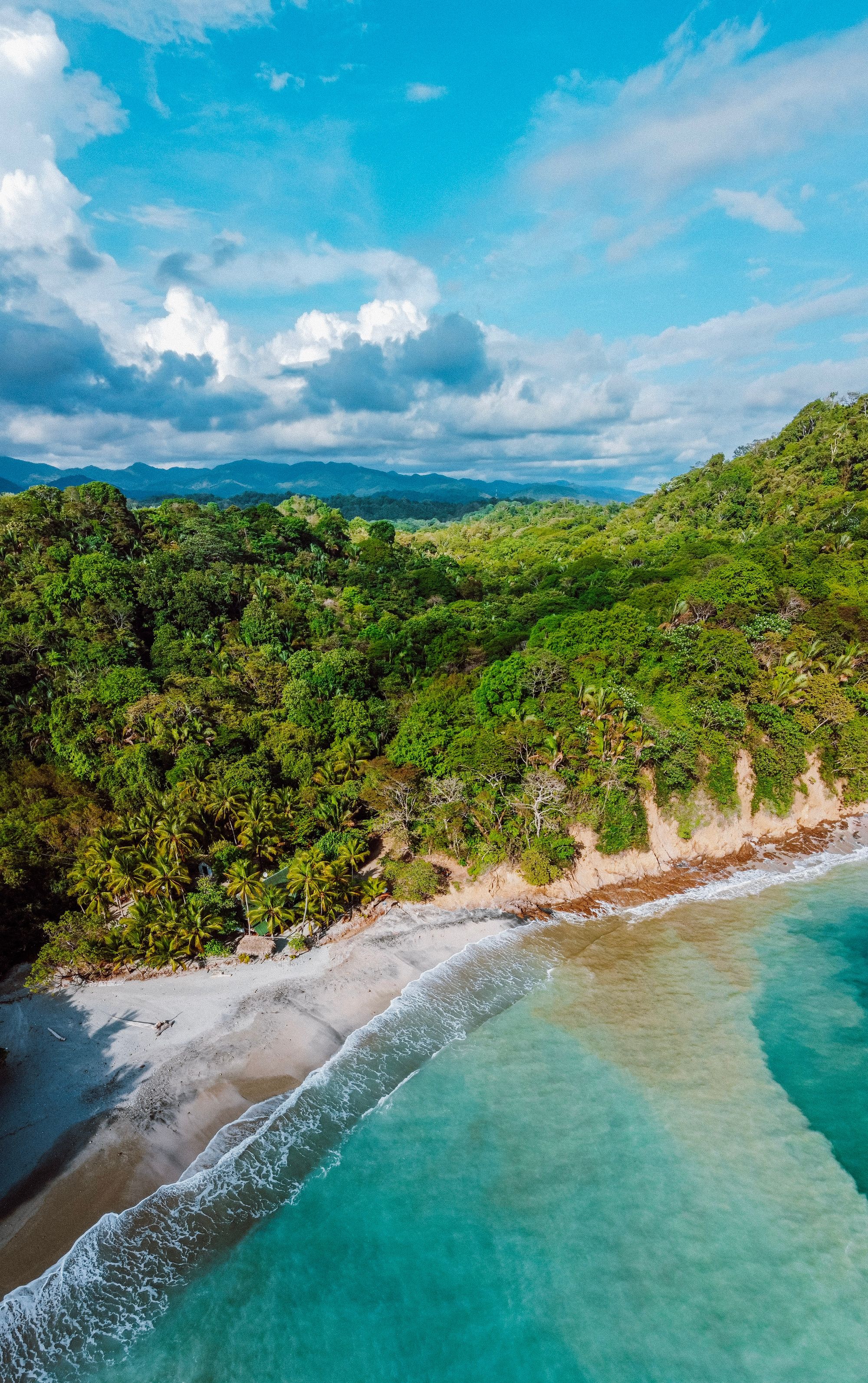
A long and happy life in Costa Rica
You might think that it would be anyone's dream to spend a long and happy life in a tropical paradise.
Yet this is not always the case. In the statistics of average life expectancy and well-being, the nations of Northern Europe always lead, and many natural paradises and equatorial states are often at the bottom of the rankings.
Or at least almost always... from the beginning of the century, some statistics about happiness caused a sensation (such as Happiness in Nations 2000-2009) where Costa Rica incredibly surpassed everyone, even countries such as Norway, Switzerland, and Denmark.
Happiness, however, is a tricky factor to define. Many studies have been done, but Costa Rica has always stood out. The World Database of Happiness contains an average of all studies done so far, placing Costa Rica in seventh place.
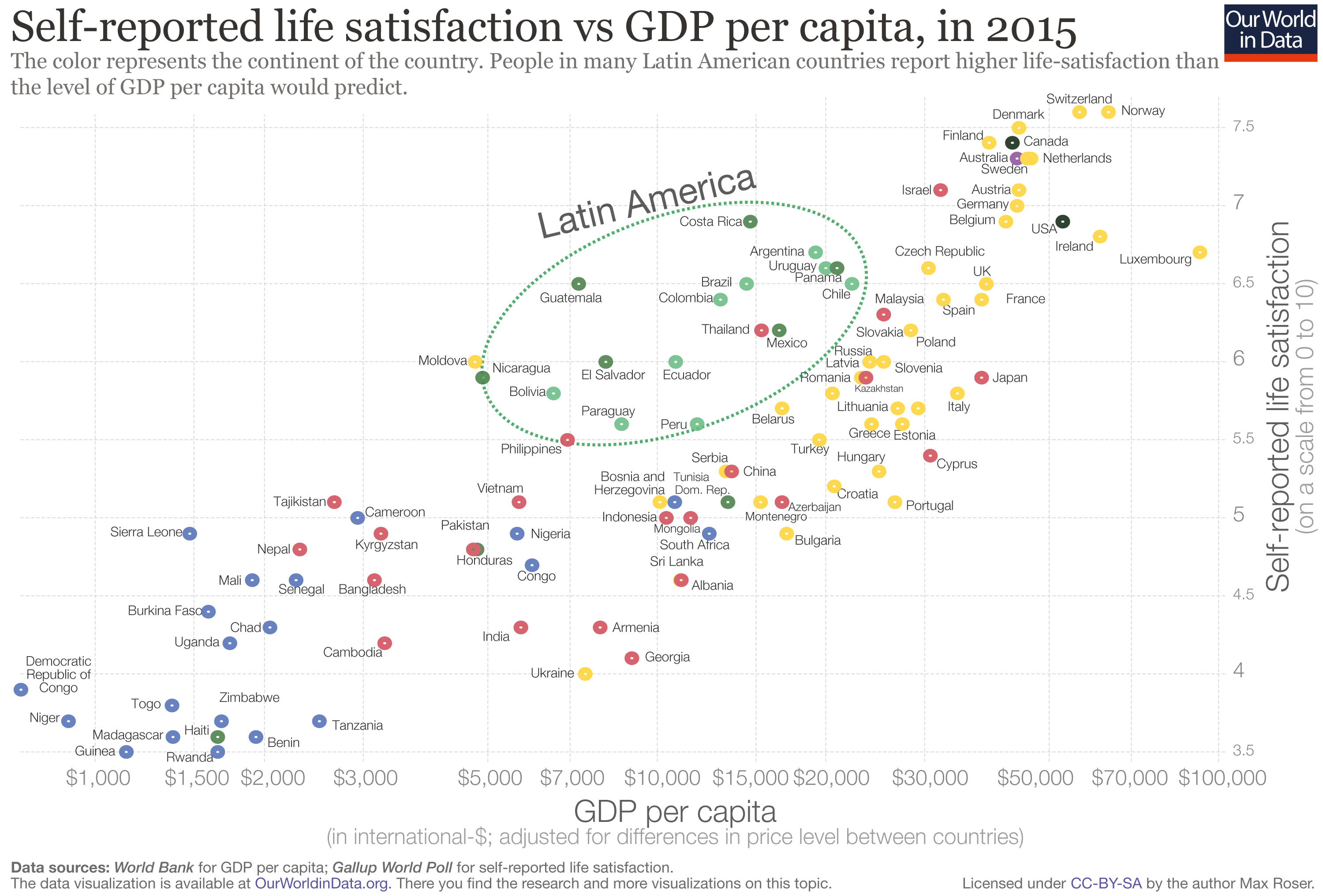
The life philosophy of Costa Rica is exemplified by the phrase "Pura Vida," often used by the Ticos, the country's inhabitants, on any given occasion: as a greeting or for good wishes or saying thanks. It expresses the idea that life can be lived well with passion, in a simple, peaceful way without lies and in touch with nature, and therefore happy life.
Not only happy life but a long one as well.
Life expectancy is instead a concept much more easily correlated to the correct functioning of the health system, therefore much more directly linked to a country's GDP than personal happiness. But even in this case, Costa Rica still amazes.
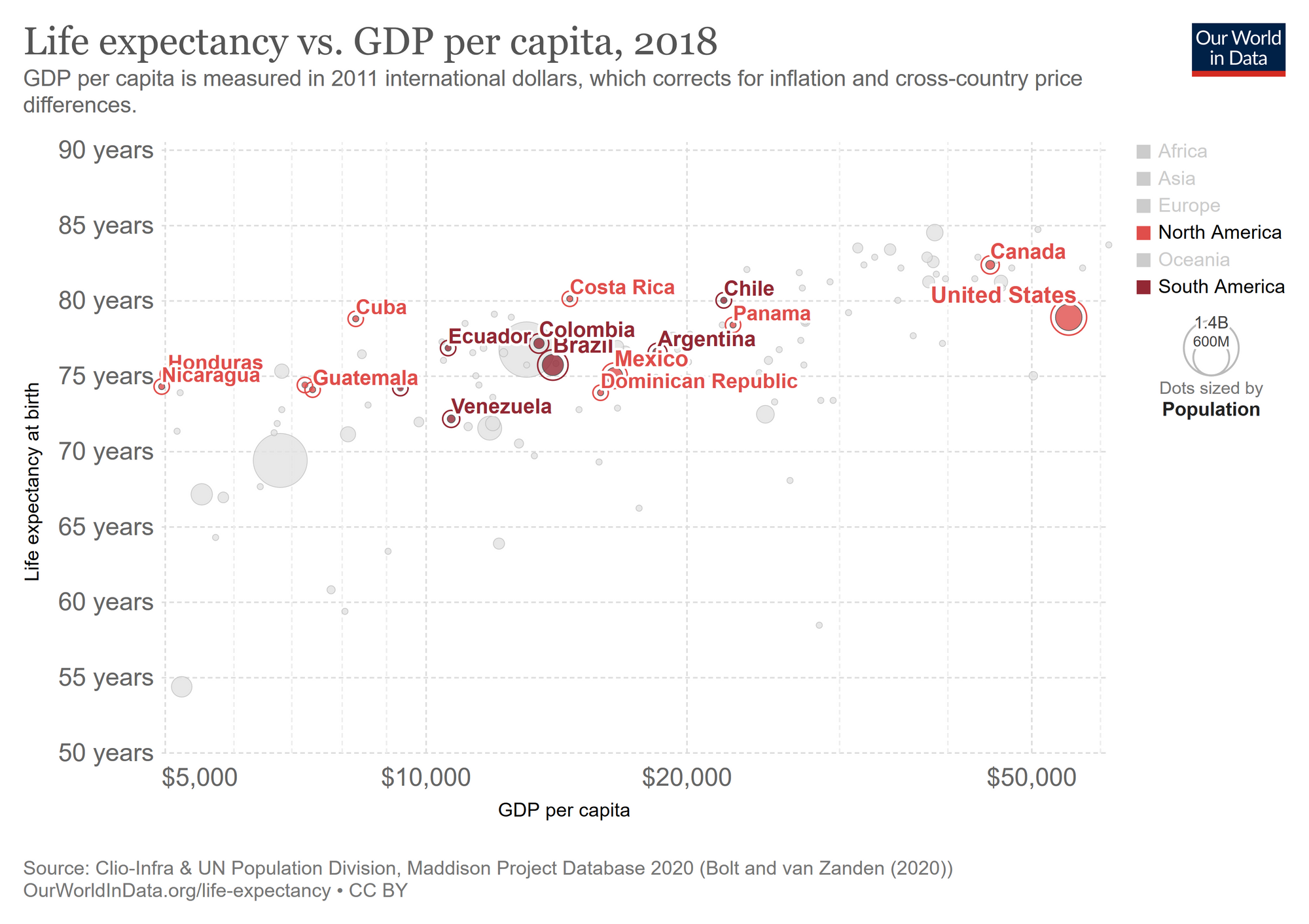
Also exciting is the research on the Blue Zones, the areas of the world where more centenarians live. Among the five largest identified zones, the Nicoya peninsula in Costa Rica is also the largest.
Research on the blue zones has identified some long life pillars:
- Pace: living a slow life but with a clear goal
- Tribe: having a good connection with family and social environment, with long-time friends
- Nature: living life in contact with nature, outdoors, in the sun
- Alimentation: eating a light, healthy diet mainly based on vegetables and legumes, drinking hard water

Yes, they are very similar to the previously mentioned idea of "Pura Vida."
The Happy Planet Index, classifies individual well-being and life expectancy and ranks personal well-being, life expectancy, and ecological footprint. Not surprisingly, it turns out that Costa Rica is clearly in the lead and has been so for several years.
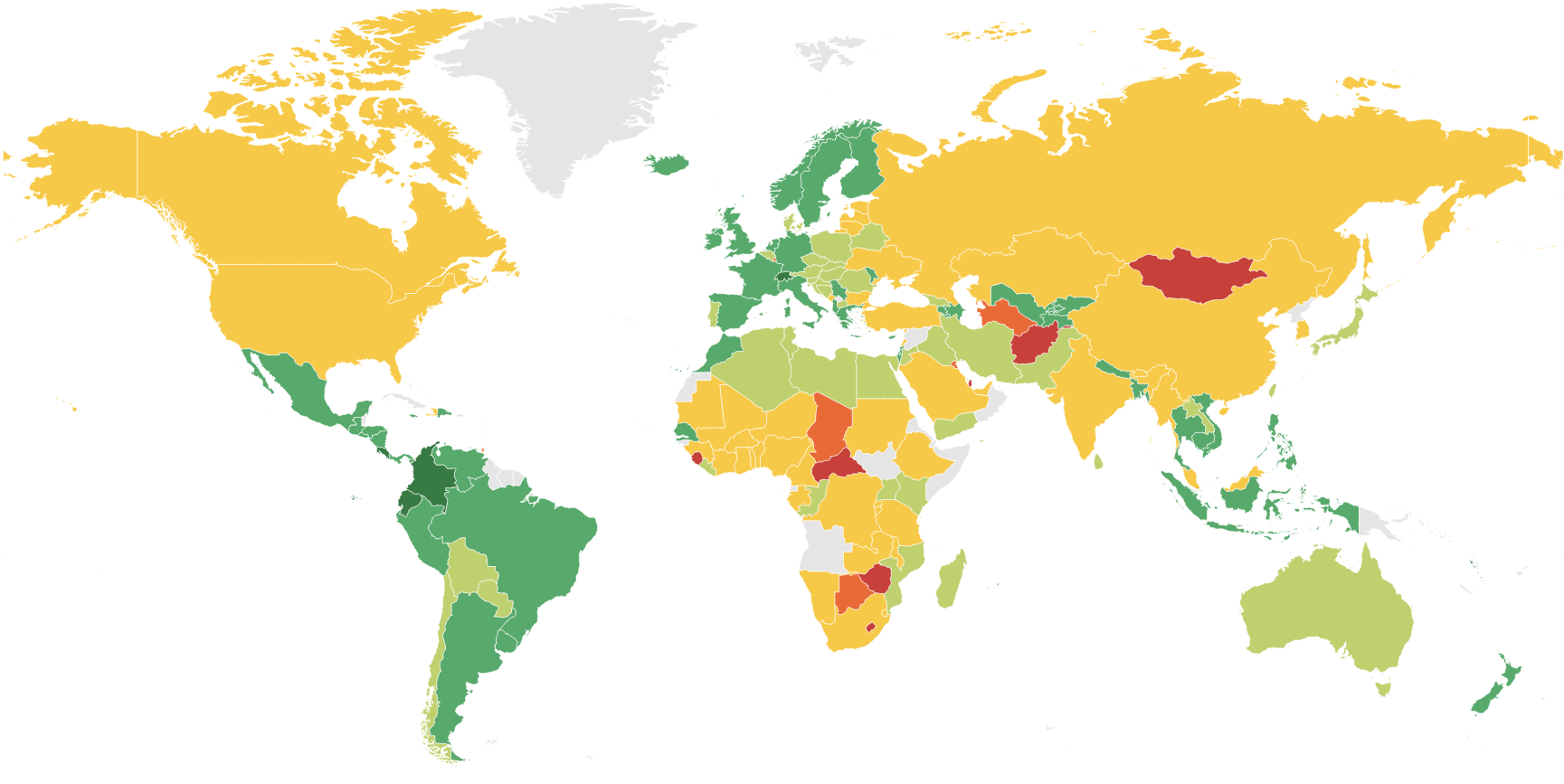
Costa Rica is not living badly, and the inhabitants have a good chance of reaching 100 years.
This is very much due to the characteristics of the prevailing lifestyle and confident choices regarding safety and respect for the environment.
You don't need an army to defend a lush forest
The quiet and peaceful life is one of the central pillars of the "Pura Vida" philosophy and the blue zones.
Indeed, Costa Rica hasn't had an army since 1949, when it sold most of its weapons to neighboring countries. It may seem like a nonsense choice to live safe, but this has allowed good political stability without military coups, which has been the case in neighboring countries.
Furthermore, it has been possible to invest more in education, health, public works, and environmental protection.
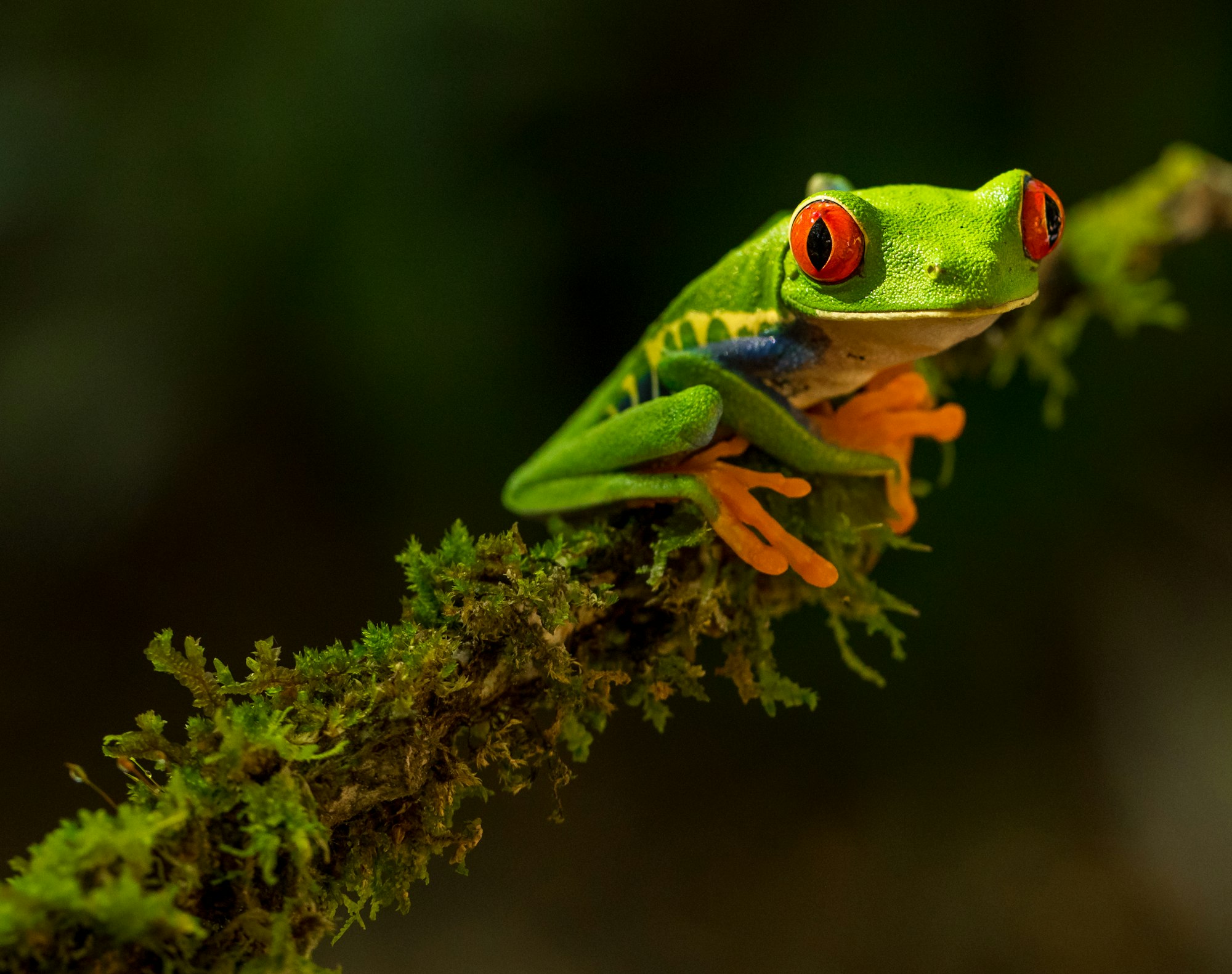
Despite the incredible biodiversity, in the 1990s, after centuries of soil exploitation for monoculture crops, especially coffee and bananas, Costa Rica's forests were not in good condition.
At this point, a vast reforestation project began. Now around 27 percent of the territory is protected as a National Park!
As a result, Costa Rica's forest area has doubled, and the project is still ongoing. Last year, the Costa Rican government won the 2021 Earthshot Price award in the "Protect and Restore Nature" category.
The great care of one's territory favors a model of life in touch with nature, which is one of the pillars of the blue zones.
A green political recipe for energy independence
The excellent environmental respect and care are coupled with a genuine ethical masterpiece in one of the fundamental aspects of a country's management: energy. Enlightened political leaders have been early out - first in the world - investing heavily in renewable resources.
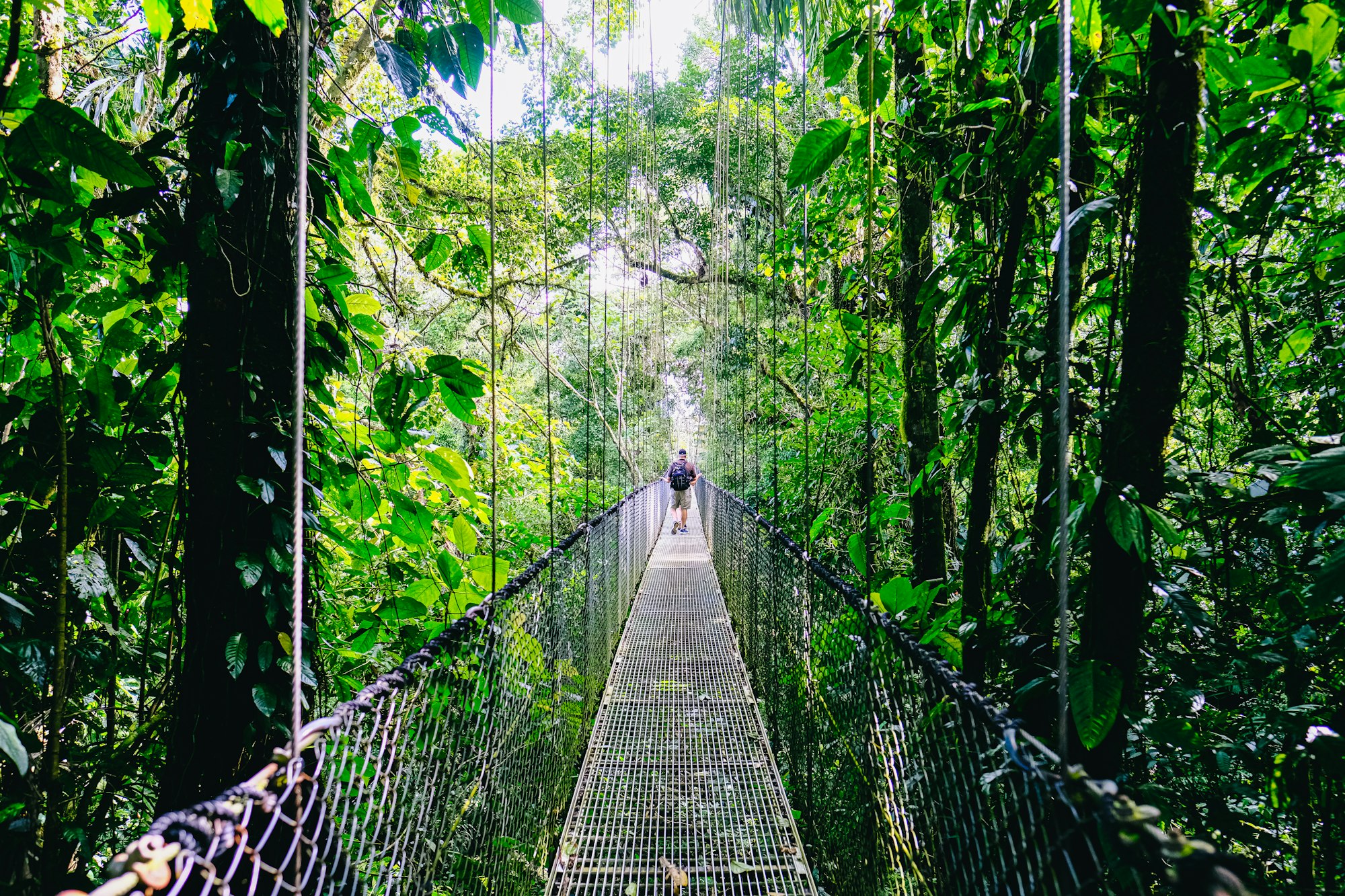
Already in 2014, 99 percent of its electrical energy was renewable, a goal repeated until now with rates consistently above 95 percent. In mid-2016, for 110 consecutive days, 100 percent of the country's electrical energy was derived from renewable energy sources. Despite suboptimal weather conditions, this happened often pointed to a significant major issue of renewable sources.
The result is that the country is now almost energy independent while also being able to sell power to neighboring countries.
Energy independence, as it's emerging more and more, is a fundamental characteristic for being able to live with peace of mind without depending on the whims of some large producers.
Furthermore, the whole population has access to electricity.
Among the most used natural sources is hydroelectricity, which leads to almost 73 percent of the total. Vast artificial reservoirs have been created over the years, increasing energy independence.
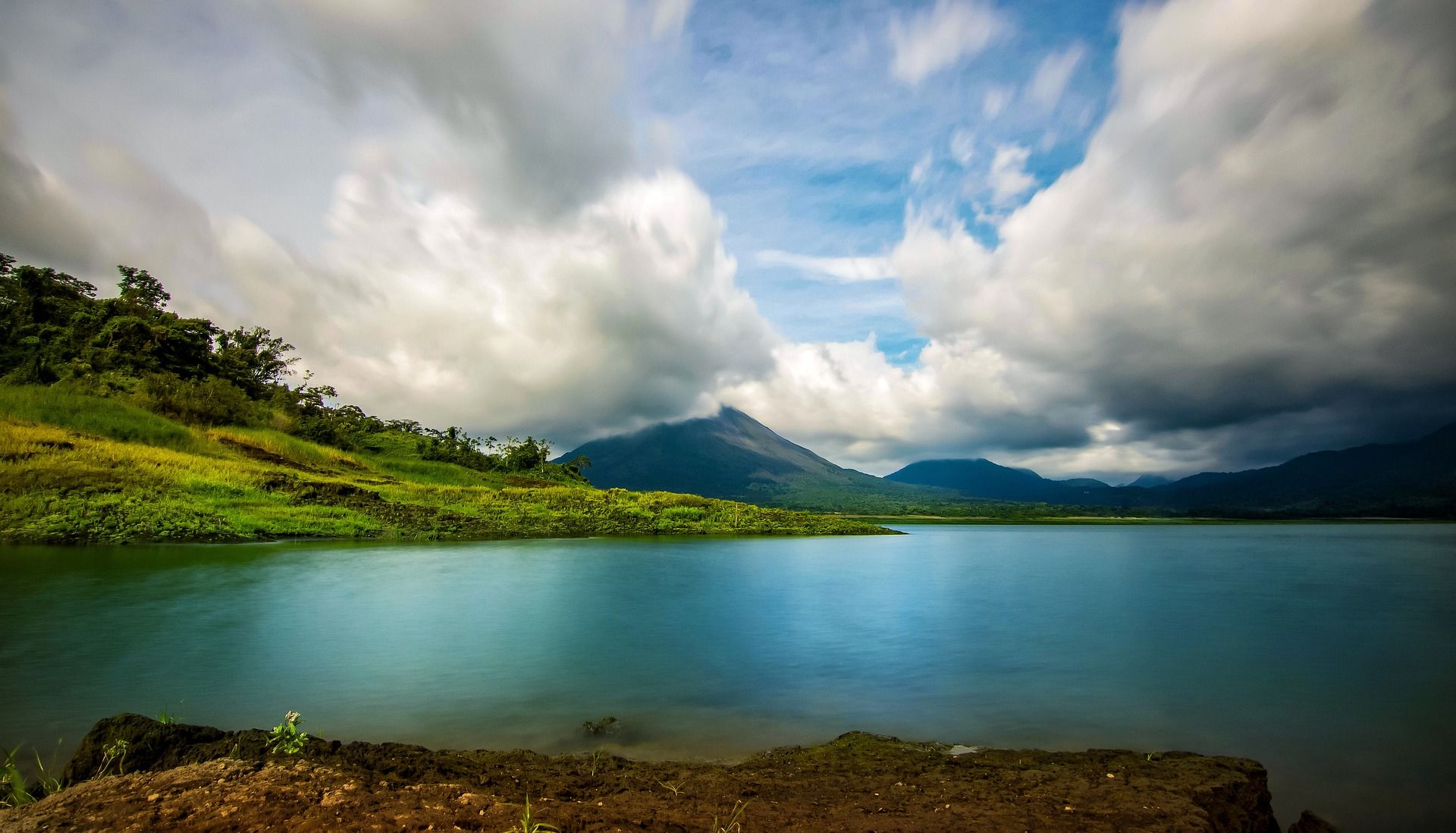
Costa Rica also exploits its several volcanoes very well, drawing about 14 percent of its energy from geothermal. Wind power is at 12 percent, while solar with only 1 percent, indicates that the prospects for improvement are still high.
Costa Rica also stands out a lot in terms of water sanitation, especially concerning the neighboring nations. Tap water is drinkable almost everywhere, and nearly 82 percent of the population has access to clean water.
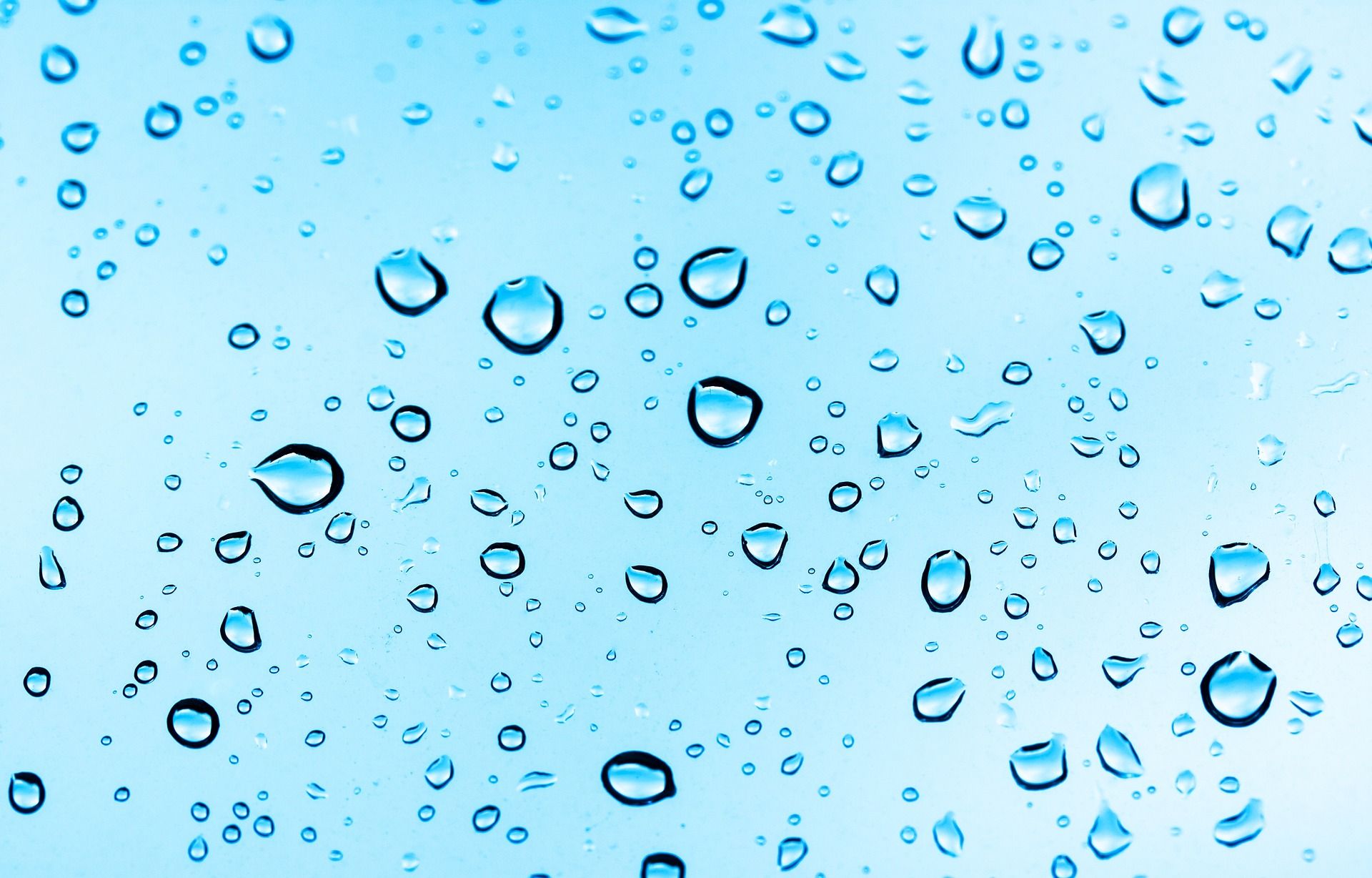
The main problem in Costa Rica is related to mobility. Indeed, transport is entrusted to diesel trucks and buses, often quite old and inefficient.
The Costa Rican government recently launched a $ 10.3 million project to invest in sustainable mobility. The construction of cycle paths and green areas will be coupled with the development of a vast electric trains network, which is currently inefficient and restricted to the capital.
According to the data we have seen so far, Costa Rica seems to express a beautiful and rational recipe for achieving energy independence and personal well-being even for non-high-income nations. Furthermore, this recipe doesn't require complex innovations but rather more investments in already established technologies.
Perhaps the road to happiness and long life is more straightforward than expected?
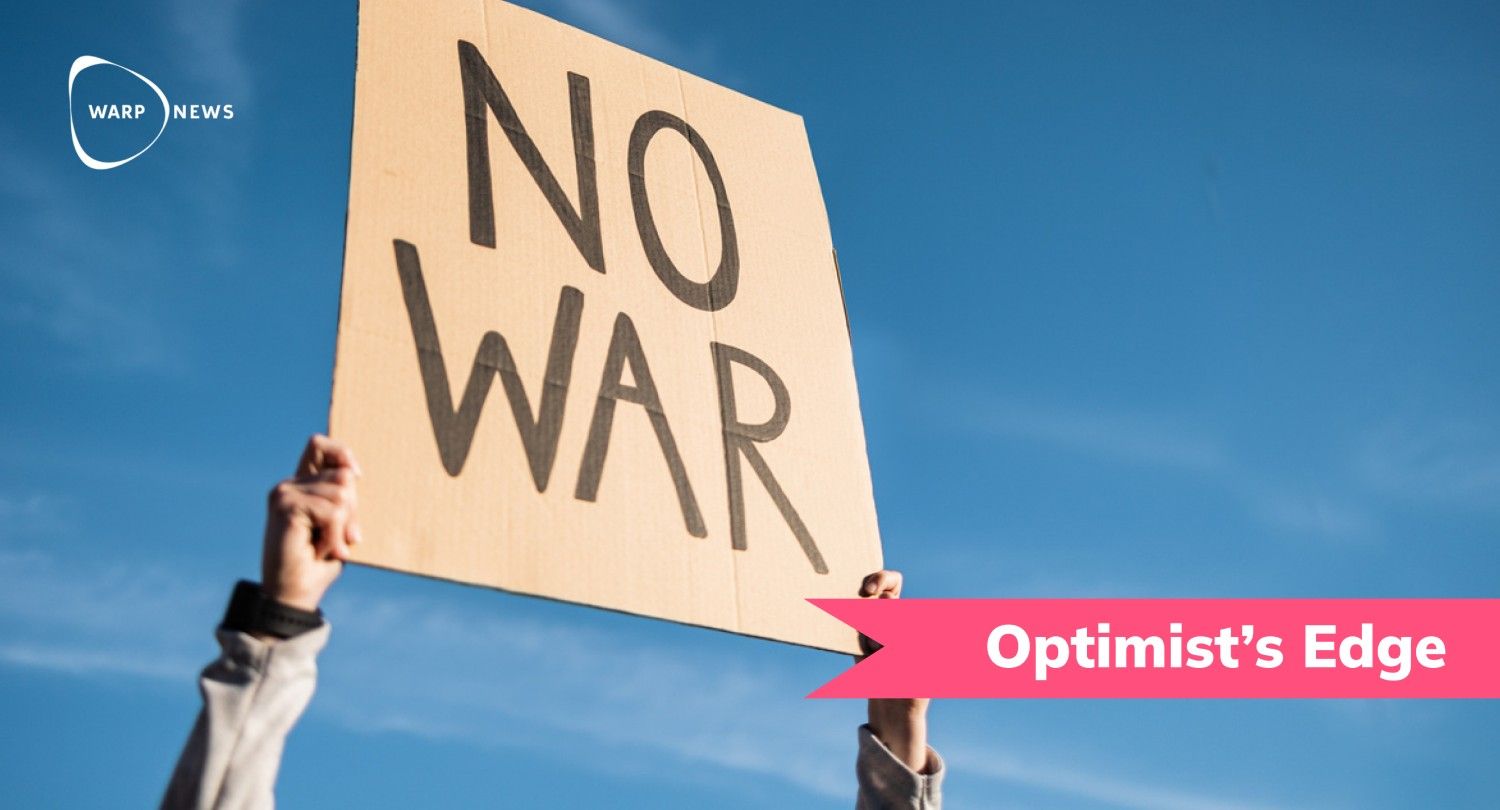
By becoming a premium supporter, you help in the creation and sharing of fact-based optimistic news all over the world.



